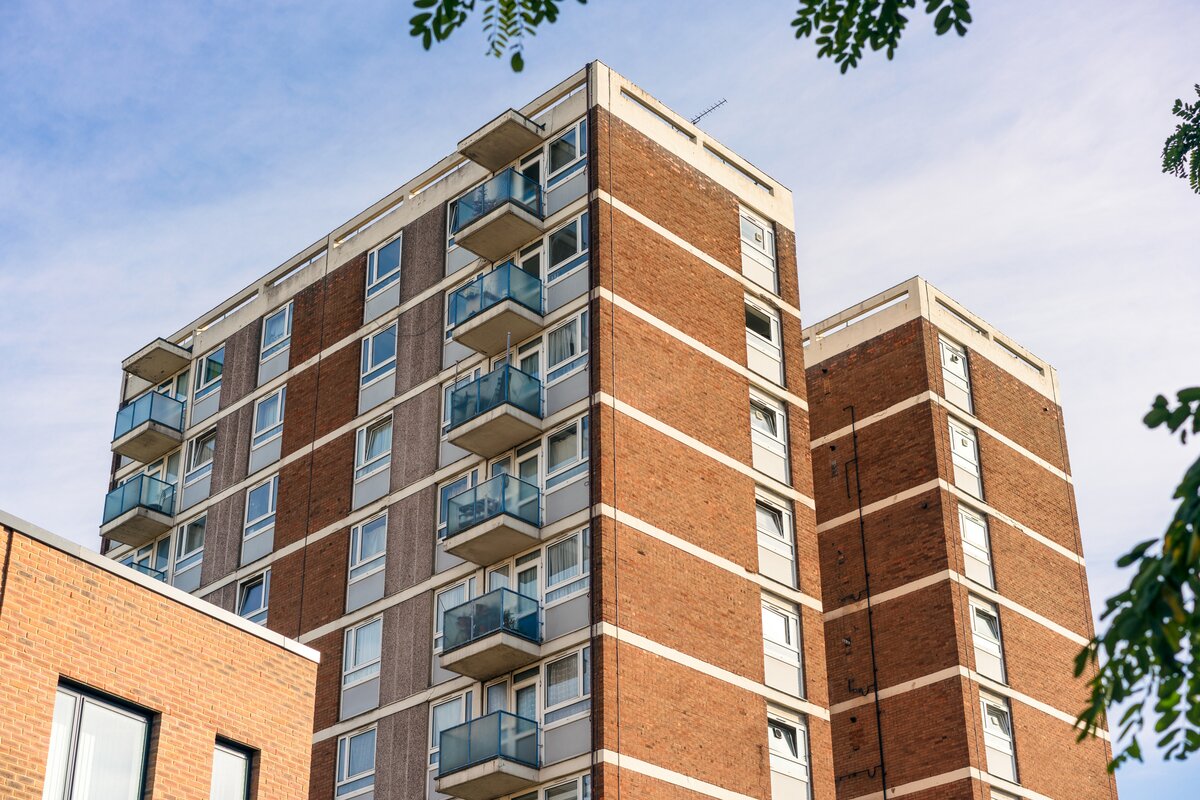Price Performance of Flats vs Terraced Houses Before and After Grenfell
Written on 9 September 2024 by

The publication of the Grenfell report prompted me to look how much impact that awful fire has had on the values of flats in general and London in particular, as London has a greater proportion of high rise flats. Of course, other factors will also have impacted the relative value of flats compared to other property types, in particular the WFH/Hybrid working following COVID, but I suggest Grenfell has had by far the biggest impact.
The nearest house type to flats is terraced and so I have researched the Land Registry web site to compare the relative performance of flats to terraced houses as well as the figures for all properties.
The latest published Land Registry figures are for June and so I looked at average prices for the 7 years from Grenfell and the 7 previous years. The impact of Grenfell won’t have been reflected in the Land Registry figures until 2 or 3 months after the fire in June 2017, but as the latest available figures are to June 2024 I have compared the 7 years from June 2017 with the 7 previous years.
The table below shows the dramatic impact Grenfell has had on values but nevertheless probably underestimates the real difference. This is because few of the most badly affected flats, which have obviously depreciated more than the average flat, have been sold since Grenfell and therefore sales recorded by the Land Registry since 2017 will be disproportionately skewed towards the less affected flats.
The figures are:
| Jun 2010 | Jun 2017 | Jun 2024 | % Increase 2010 - 2024 | % Increase 2010 - 2017 | % Increase 2017 - 2024 |
| UK Average Prices (£) | |||||
All | 171,689 | 221,833 | 287,924 | 67.7 | 29.2 | 29.8 |
Flats | 146,799 | 203,274 | 232,436 | 58.3 | 38.5 | 14.3 |
Terraced | 140,462 | 179,414 | 239,000 | 70.2 | 27.7 | 33.2 |
|
|
|
|
|
|
|
| London Average Prices |
|
|
| ||
All | 284,541 | 480,152 | 523,134 | 83.9 | 68.7 | 9.0 |
Flats | 253,666 | 428,001 | 434,818 | 71.4 | 68.7 | 1.6 |
Terraced | 288,347 | 490,877 | 571,783 | 98.3 | 70.2 | 16.5 |
As the table shows, for the whole of the UK, there was broadly an equal increase in the value of all properties for each 7 year period, but in London this increase was massively biased to the first 7 years as London recovered much faster than the rest of the UK after the Global Financial Crisis. This is exactly the same as what occurred after the property crash in the early 1990s.
The All Properties figure for London shows very little increase in the last 7 years and for flats virtually none, but, as with the rest of the UK, the increase in the value of terraced houses in London has far outpaced that of flats during that period, whereas in the previous 7 years there was little difference.
The rest of the UK highlights the same differences between flats and terraced houses. In the first 7 year period the value of flats appreciated significantly more than terraced houses, but this trend was massively reversed in the second 7 year period.
Safeguards for leaseholders in The Building Safety Act 2022 became effective on 1st Sept this year, severely limiting their liability for increases in service charges for non-standard remedial costs, as well as excluding all liability for replacing non-compliant cladding.
This may encourage some potential purchasers who have rejected the idea of buying a flat to reconsider, especially in view of the change in relative pricing compared to the alternatives over the last 7 years. However, even though the Act now limits monetary liability of leaseholders, the psychological scars since Grenfell will still inhibit others.
Categories:Property Market, Ray Boulger
The blog postings on this site solely reflect the personal views of the authors and do not necessarily represent the views, positions, strategies or opinions of John Charcol. All comments are made in good faith, and neither Charcol Limited nor Ray Boulger will accept liability for them.
